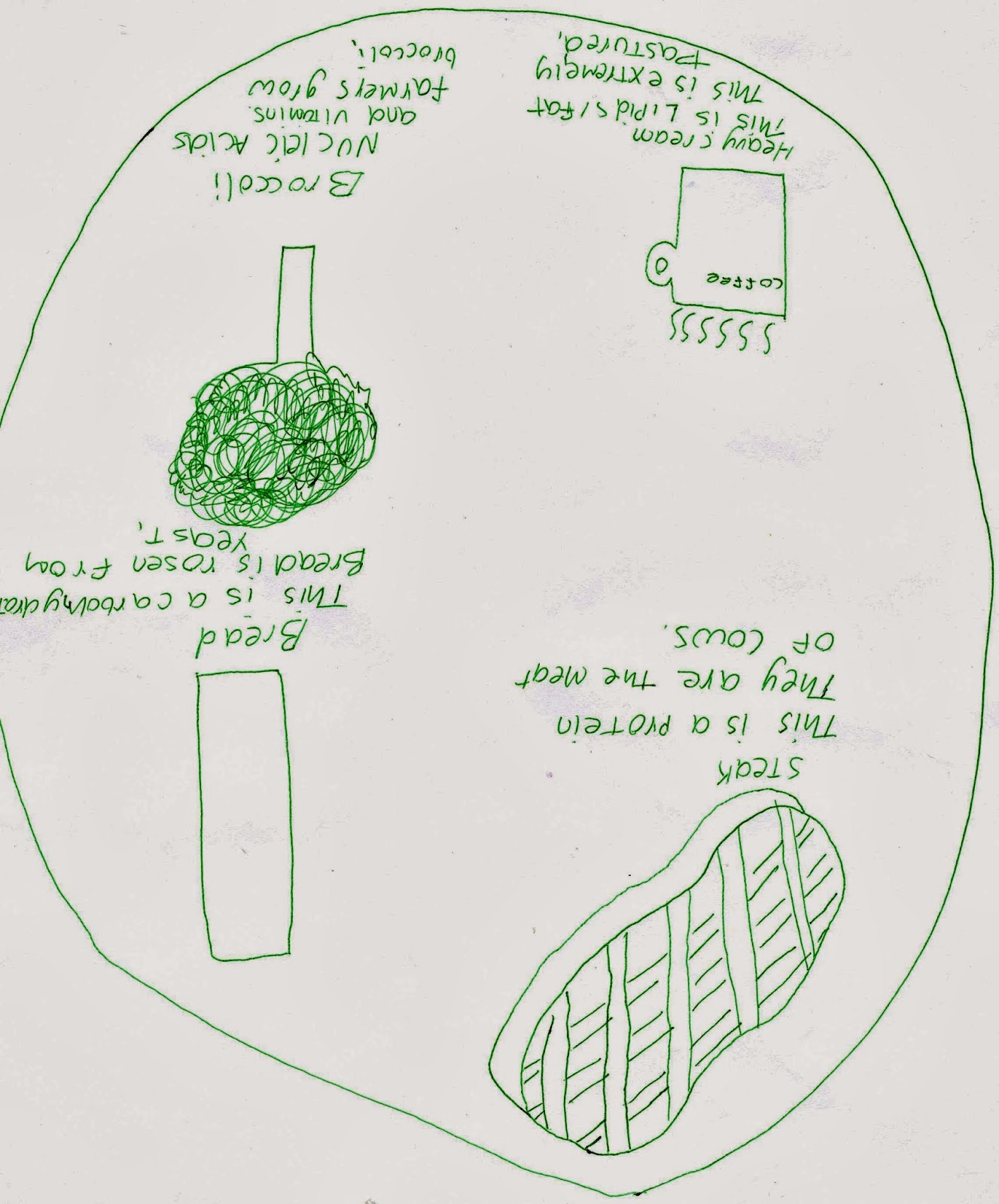Rube Goldberg was a Pulitzer Prize winning
cartoonist, sculptor and author.
Reuben Lucius Goldberg (Rube Goldberg) was born in
San Francisco on July 4, 1883. After graduating from the University of
California Berkeley with a degree in engineering, Rube went on to work as an
engineer for the City of San Francisco Water and Sewers Department. Best known
for his “inventions”, Rube’s early years as an engineer informed his most
acclaimed work. A Rube Goldberg contraption – an elaborate set of arms, wheels,
gears, handles, cups and rods, put in motion by balls, canary cages, pails,
boots, bathtubs, paddles and live animals – takes a simple task and makes it
extraordinarily complicated. He had solutions for How To Get The Cotton Out Of
An Aspirin Bottle, imagined a Self-Operating Napkin, and created a Simple Alarm
Clock – to name just a few of his hilariously depicted drawings.
Journal
Entry:
1: Number one is the pulley; it can reverse the
direction of force by pulling ti in certain directions. Also it can provide certain mechanical
advantages.
2: Inclined
plane, Inclined planes make it easier to move and object against the force of
gravity.
3: The Lever, The lever helps lift heavier objects,
with less force!
4: The wheel and axle. A wheel and axle work by rotating together.
They each make one revolution at the same time, but the linear speed of the
wheel is greater than the speed of the axle, this makes it easier to rotate objects.
5: Number 5 is the Wedge; the wedge is two back to
back inclined planes. This can be used
to split things, like and ax would.
6: This is
the most complicated out of them all.
The Archimedes Screw. This can be
used to transport water; it is sort of a spiral object that can transfer liquid
objects from one side to the other through gravity.

